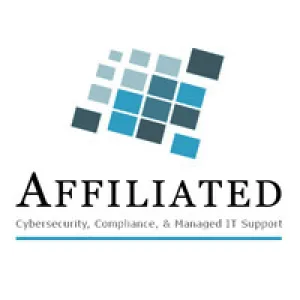July 21, 2025
In the automotive world, speed and
reliability aren't optional. When your production line depends on Tier 2 or
Tier 3 vendors, a single IT hiccup can ripple across multiple plants and
partners.
CFOs in the supply chain are under
pressure to reduce costs, maintain high uptime, and prepare for cyber risks—all
without slowing down operations. That requires better forecasting—not just
financially, but operationally.
A McKinsey study revealed that 58% of
automotive suppliers lack integrated IT and operations planning, resulting in
overspending and reactive decision-making.
Here's how smarter forecasting makes a
difference:
- Improves IT investment timing by
aligning with planned upgrades or audits
- Helps avoid duplicate vendor costs when
scaling or consolidating
- Creates shared visibility across
procurement, finance, and ops
- Helps prioritize risk mitigation
efforts—like endpoint upgrades or backup strategy—based on seasonality or known
bottlenecks
One Ohio auto parts manufacturer mapped
their IT ticket trends to their production schedules. They discovered a spike
in issues during model changeovers—just when uptime mattered most. They used
that data to reallocate support and reduce delays.
"Forecasting
isn't about predicting—it's about preparing with what you already know." — Indra Nooyi, former CEO of PepsiCo
Another Tier 2 supplier didn't account
for cybersecurity readiness in their planning cycle. When a surprise vendor
audit flagged gaps, they had to redirect budget from a scheduled machine
upgrade, creating friction with ops.
"When you plan around silos, the cost
hits everyone." — Jim Collins, author of Good to Great
Forecasting checklist for supply chain
CFOs:
- Align IT support with production peaks and changeovers
- Budget for tech audits alongside financial audits
- Include cybersecurity readiness in operational planning
- Cross-reference IT performance with vendor SLA reviews
- Create shared dashboards for IT, finance, and plant leadership
Questions to ask during your next
quarterly planning session:
- What operational events tend to trigger IT bottlenecks?
- Are we forecasting IT costs based on known risk windows or historical issues?
- How often does IT sit in on procurement or scheduling reviews?
- Are we treating IT performance data as strategic input—or just metrics after the fact?
The supply chain doesn't wait—and it
rarely forgives. But a little foresight today can spare a lot of regret next
quarter.




